I’d barely slept on the overnight bus from São Paulo when we crested that final hill into Ouro Preto. 5 AM. The town hadn’t woken up yet, but the sky was doing that thing where purple bleeds into orange and suddenly I’m staring at what looks like someone took an 18th-century Portuguese town and just… scattered it across a mountain like dice.
You know how travel guides talk about “colonial charm“? They’re underselling it.
Ouro Preto doesn’t have charm. It has gravity. The kind that makes you forget to breathe for a second.
Those terracotta roofs cascade down the hillside in waves – 300 years of them, each one slightly different shade of burnt orange depending on when the clay was fired. The white churches punctuate the landscape like exclamation points. Nossa Senhora do Pilar sits up there judging everyone below, gold leaf interior containing more wealth than some small countrie’s GDP. I counted 23 churches from my hostel window. Twenty-three. In a town of 70,000 people.
But here’s what the guidebooks won’t tell you: the town sounds different at dawn. Before the tourists arrive, before the cobblestones get hot, there’s this moment around 5:30 AM where you can hear the houses breathing. Old wood expanding. Tiles clicking. Birds that nest in 250-year-old eaves waking up. I spent my first morning just sitting on those worn stone steps near Igreja de São Francisco, watching the fog lift off the valley below.
The locals call it “cidade que dorme cedo” – the city that sleeps early. By 10 PM, even the bars are closing. Except during Carnival. Then it’s like someone flips a switch and suddenly there are 400,000 people crammed into streets built for horse carts.
Hitting the Road: My Love-Hate Relationship with BR-163
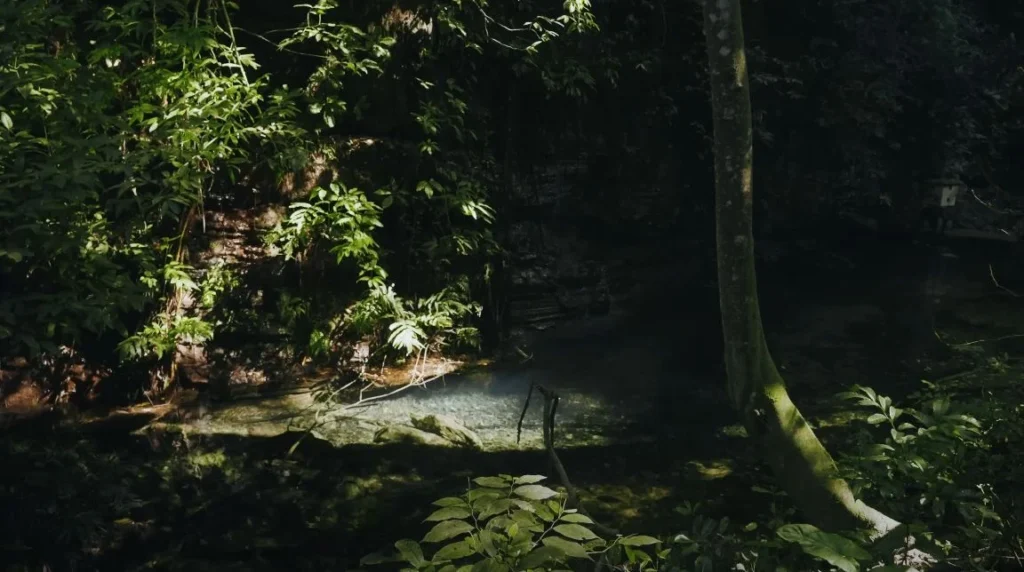
Three weeks after landing in Brazil, I bought the RV.
Actually, “bought” is generous. I traded my camera equipment plus $3,000 US to a German couple who’d been living in it for two years. They were done with South America. Said the roads had finally broken them. I should’ve listened harder to that warning.
The vehicle: a 1998 Toyota Hilux with a camper shell that looked like it survived at least three apocalypses. Manual transmission that required a prayer and perfect timing to get into third gear. No AC. One working headlight. But she ran and in Brazil’s interior, that’s all you really need.
[Insert Image 5 here]
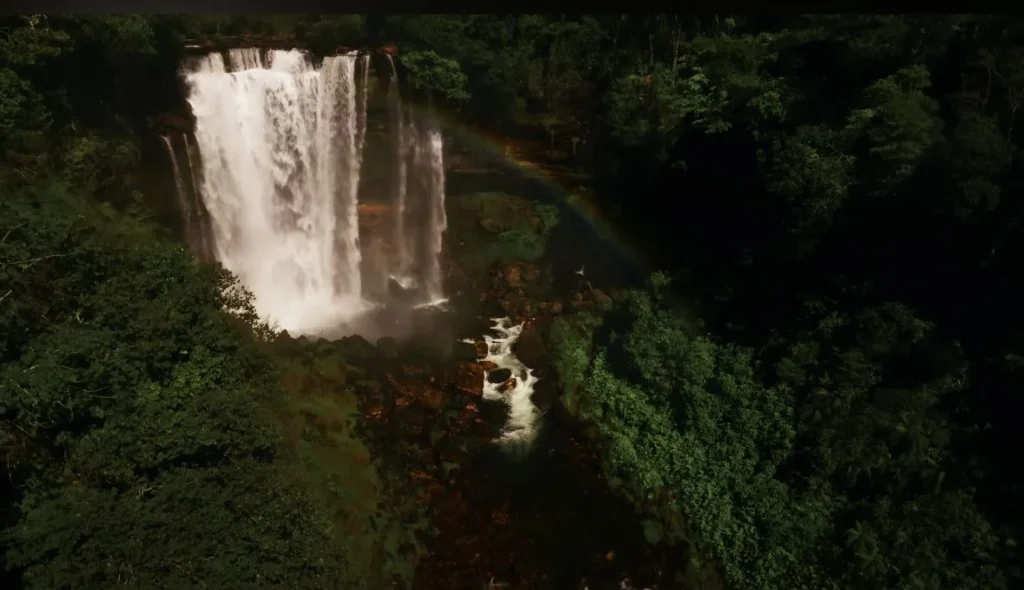
My first real test came on BR-163, that infamous highway that cuts straight through the heart of Brazil from Mato Grosso down to Rio Grande do Sul. In the dry season – which is when I stupidly decided to tackle it – the road alternates between passable asphalt and what I can only describe as the surface of Mars.
The landscape out here? It messes with your head.
Hour after hour of cerrado – that scrubby savanna that isn’t quite desert, isn’t quite grassland. Those flat-topped mountains rise out of nowhere like ancient fortresses. The locals call them chapadas and they’ve been standing there since before the dinosaurs. The trees get smaller the further inland you go, twisted into bizarre shapes by the dry season winds. Around kilometer 847 (yes, I was counting), I passed through a section where every single tree was bent at exactly the same 45-degree angle, all pointing east. Like nature’s compass.
You meet characters on these roads.
At a gas station near Rondonópolis, I shared mate with a trucker who’d been driving the same route for 31 years. He showed me photos from the 90s when BR-163 was just a dirt track. “Better then,” he said. “Less traffic. More honest.”
Near Guarantã do Norte, my suspension finally gave up. Just… done. The mechanic who fixed it (for the equivalent of $40 US, parts included) told me about the gold rush that built these towns in the 80s. His shop used to be a brothel. Now it’s where broken dreams and broken axles come to get patched up. Same thing, maybe?
The Festival Circuit: When Small Towns Explode
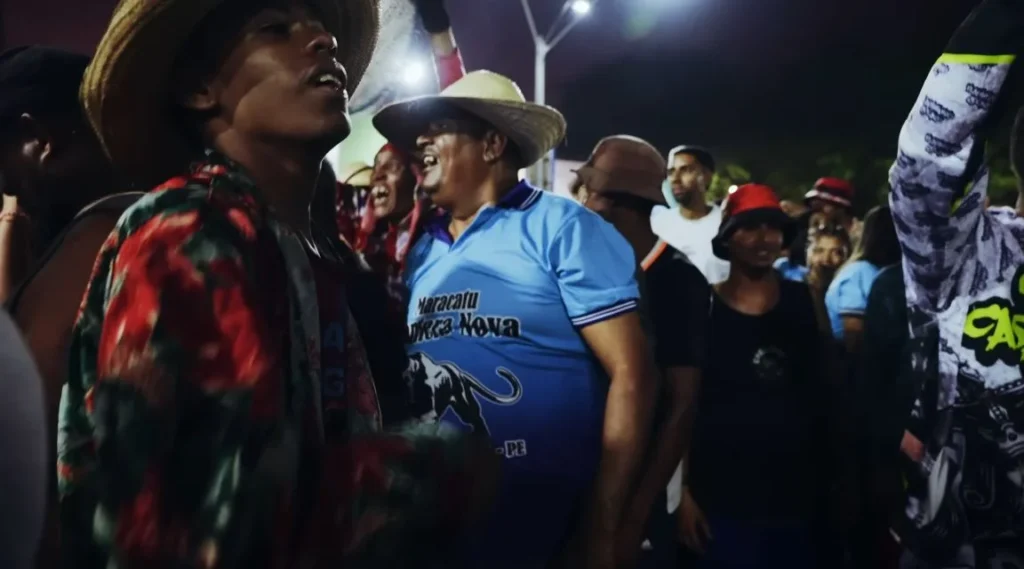
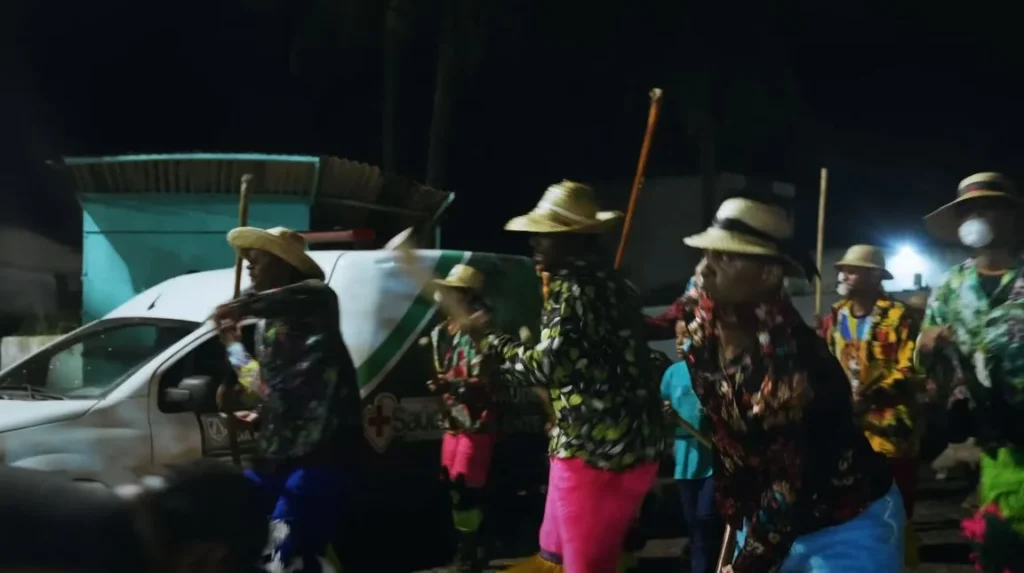
I wasn’t planning to stay in Conceição do Mato Dentro. Hell, I couldn’t even pronounce it properly. But sometimes Brazil decides your schedule for you.
The clutch died (second time) right as I rolled into town. The mechanic wouldn’t be back until Monday. It was Thursday. And that night, completely by accident, I stumbled into the Festa do Rosário.
How do I even explain Brazilian festivals to someone who hasn’t experienced one?
It’s like the entire town agrees to temporarily lose it’s mind in the most coordinated way possible. This wasn’t Rio Carnival – no tourists, no English, no escape routes. Just 400 years of tradition exploding in a town of 18,000 people.
The Congado dancers started appearing around 7 PM. Full regalia – these massive headdresses with mirrors and ribbons, staffs that’ve been passed down through generations. The drums… Jesus, the drums. They don’t play them; they have conversations with them. Each rhythm tells a story about African kings and Portuguese colonization and Catholic saints who may or may not have been Yoruba deities in disguise.
An 84-year-old captain of one of the guards pulled me aside, half-drunk on cachaça and spent two hours explaining the symbolism of every color in their costumes. Blue for Yemanjá, the ocean goddess. Red for Saint George slaying dragons or maybe Ogun clearing paths – depends who you ask. White for… actually, I was pretty drunk by then too.
By 2 AM, I’m dancing (badly) in a circle of grandmothers who thought my attempts at samba were the funniest thing they’d seen all year. One of them, Dona Maria, must’ve been 70 years old and could still dance circles around everyone half her age. She kept saying “gringo safado” and laughing, which I later learned meant something like “shameless foreigner.”
The festival went for three more days. I saw the same mechanic dancing every night, always promising to look at my car “tomorrow.” Eventually, I stopped asking.
River Systems and Sandbanks: Where Water Gets Weird
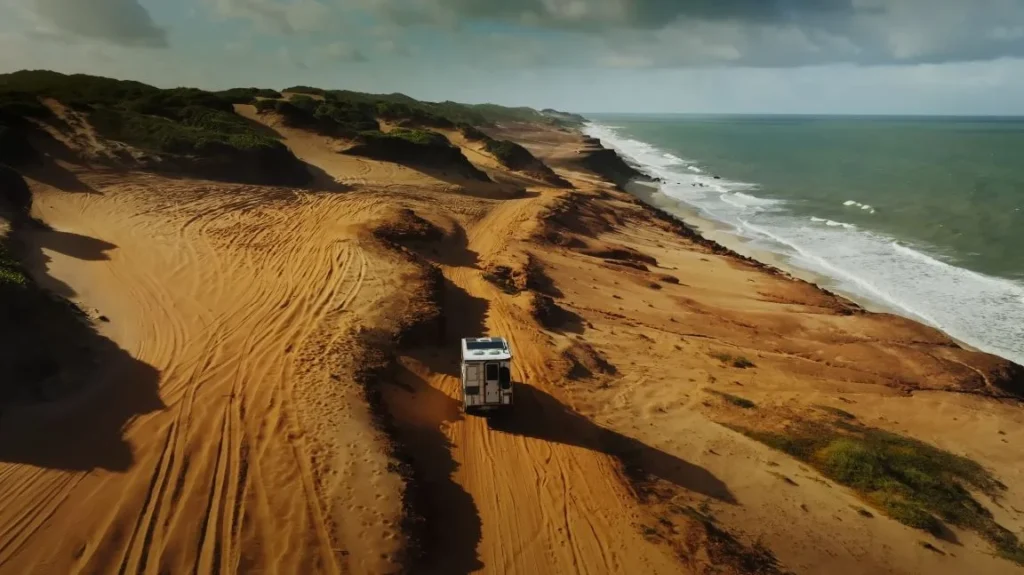
Two months in, I reached Jalapão.
If you haven’t heard of it, don’t feel bad. Most Brazilians haven’t either. It’s this bizarre pocket of Tocantins state where the landscape can’t decide if it wants to be the Sahara or the Amazon.
The rivers here don’t behave like rivers should. They appear and disappear. The Rio Novo literally vanishes into the sand for 11 kilometers, then pops back up like nothing happened. During the wet season, the sandbanks become islands. During the dry season, they become highways. Sort of. If you know what you’re doing. Which I didn’t.
I got stuck. Properly, embarrassingly stuck.
This wasn’t quicksand-movie stuck. This was four-wheel-drive-buried-to-the-axles-in-superfine-sand stuck. The kind where you dig yourself deeper with every attempt to escape. The temperature was pushing 41°C (that’s 106°F for my American friends) and the nearest town was 67 kilometers back the way I came.
Then, like a desert mirage that turned out to be real, three guys on ATVs appeared. They didn’t speak Portuguese or English – turned out they were from a Xerente village about 20 kilometers north. Using a combination of hand signals, rope and what I’m pretty sure was magical thinking, they pulled me out. Wouldn’t take money. Wouldn’t take food. Just pointed at my camera, then at them, then gave me thumbs up. I took their photo against that impossible landscape – golden sand, green river ribbons, cerulean sky. They looked at the LCD screen, laughed like kids and disappeared back into the heat shimmer.
I camped on solid ground that night, maybe 200 meters from where I’d been stuck. The river made sounds I’d never heard before – like it was gargling sand. Around midnight, I saw eyes reflecting my headlamp. Capybaras. Dozens of them, just chilling in the shallows like it’s their personal spa. One of them was so large I initially thought it was a tapir.
The thing about Jalapão that nobody tells you: it’s addictive. Those sandbanks that nearly ended my trip? I went back the next day. And the next. Each time learning a bit more about reading the sand, understanding which patches would hold and which would swallow you whole. It’s like the desert has a language and you can either learn it or die trying to force your way through.
When the Ocean Bites Back: Brazil’s Northeastern Shores
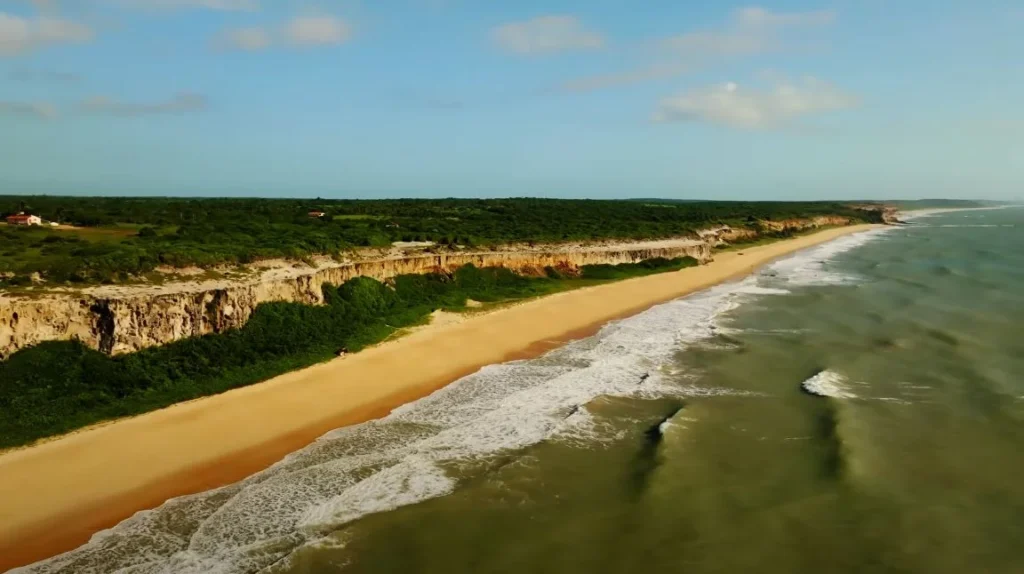
After two months of dust and diesel fumes, I hit the Atlantic coast near Tibau do Sul. You want to talk about contrast? Going from Jalapão’s sand rivers to actual ocean felt like switching planets.
Those cliffs you see in every Brazil postcard? They’re real and they’re absurd. The Chapadão – this massive red sandstone wall that runs for kilometers – looks like someone took a knife to the continent and just carved off a piece. At Praia do Madeiro, I watched the sunset paint those cliffs seven different shades of red. A local fisherman named João told me the cliffs lose about 30 centimeters every decade to erosion. “My grandfather fished from a rock that doesn’t exist anymore,” he said, pointing at empty air about 10 meters from the current cliff face.
The beaches here aren’t like the famous ones in Rio. They’re raw. Mean, even.
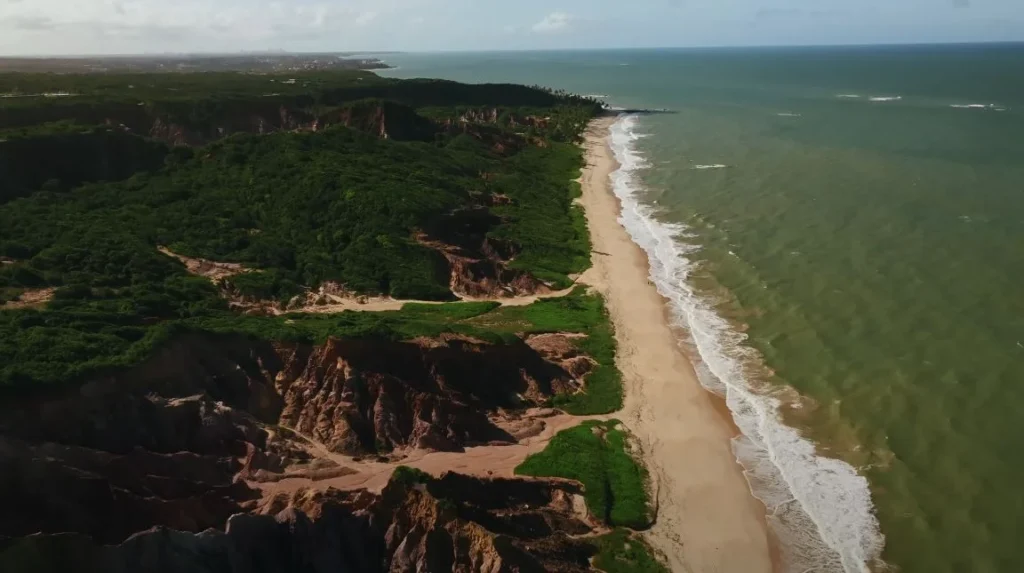
I nearly lost the RV to the tide at Praia do Amor. Parked on what looked like solid sand at low tide, went for a swim, came back to find the wheels already wet. Ever try to drive a 2-ton vehicle through wet sand while waves are licking at your door? Don’t. Just don’t. A group of surfers helped push me out, laughing the entire time. “Every year, some gringo does this,” one said. Comforting.
But the real discovery was the falésias – these natural pools that form in the reef at low tide. Crystal clear, warm as a bath, full of fish that don’t seem to understand they should be afraid of humans.
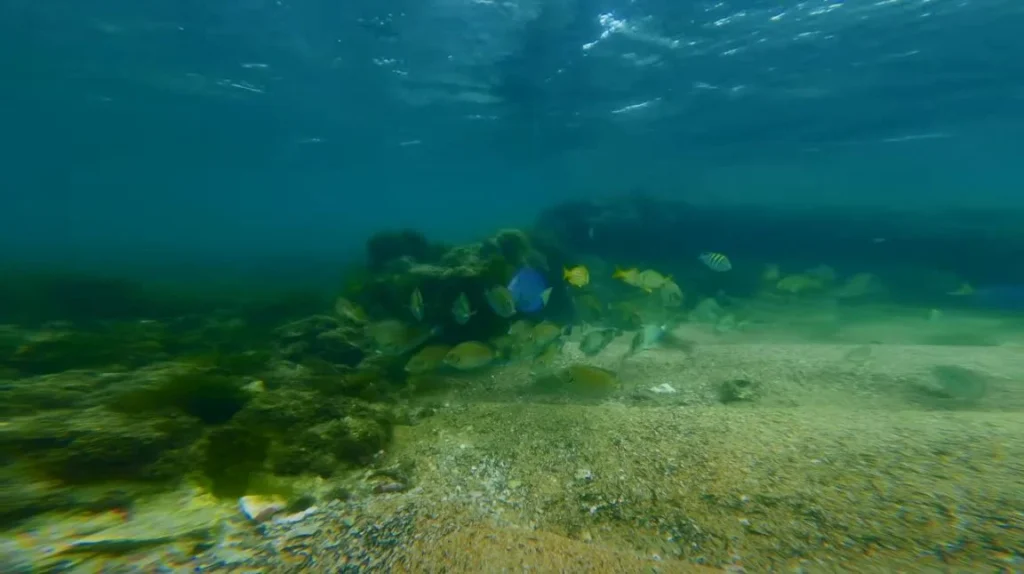
I bought a knockoff GoPro from a beach vendor for 80 reais (about $16) and spent three days just floating face-down in these pools, filming. Sergeant majors, parrotfish, the occasional moray eel poking it’s head out. There’s this one species – locals call them “donzelas” – that are bright blue with yellow tails. They swim right up to your mask, like they’re checking out their reflection.
The underwater visibility changes with the tide. Best time? Two hours after low tide starts rising. The water’s moving just enough to keep it clear but not so much that you’re fighting current. Learned that the hard way after getting slammed into the reef. Still have the scars on my shoulder.
Colonial Ghosts and Church Politics
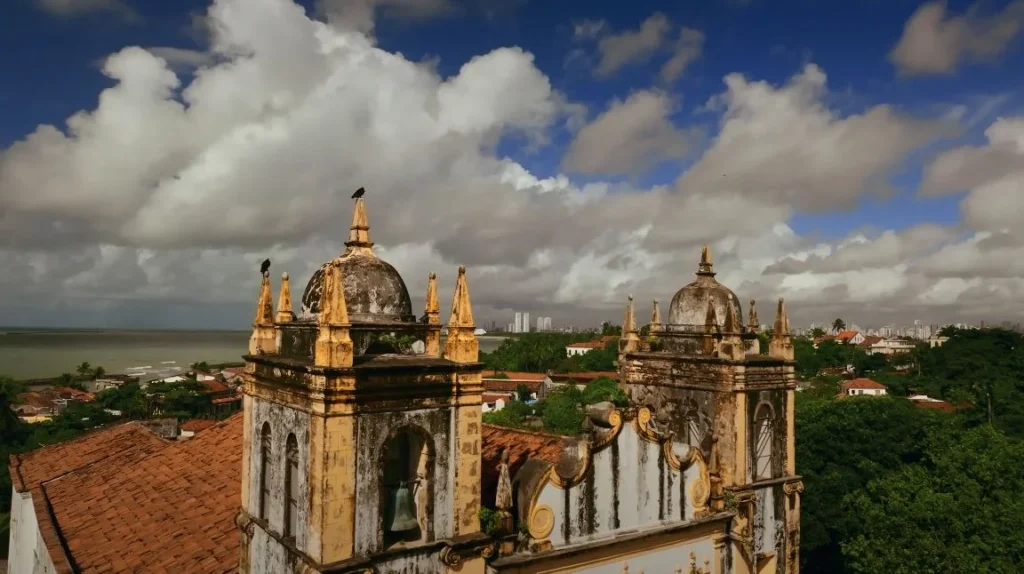
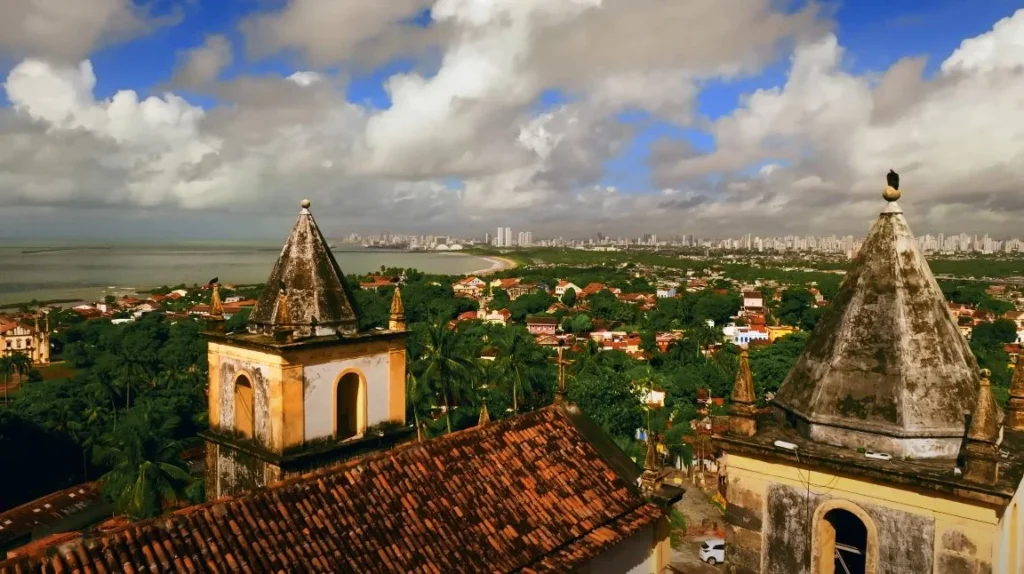
Every Brazilian coastal town has at least one church that’s older than the United States.
In Olinda, I found seven.
The Igreja do Carmo is the one that got me. Built in 1580, rebuilt after the Dutch burned it down in 1631, rebuilt again after termites basically ate the entire structure in 1907. The current iteration has crows – hundreds of them – that roost in the bell towers. Every evening at exactly 6:15, they all leave at once. The sky turns black with wings for about thirty seconds. A nun told me they’ve been doing this since at least the 1940s. Same time, every day. Even during hurricanes.
But it’s what’s inside these churches that really messes with your head. The Portuguese didn’t just bring Catholicism; they brought this completely unhinged version where suffering was currency and gold was proof of God’s love. The Igreja de São Francisco in Salvador has 800 kilograms of gold leaf covering every possible surface. Eight. Hundred. Kilograms. While outside, people are living in favelas without running water.
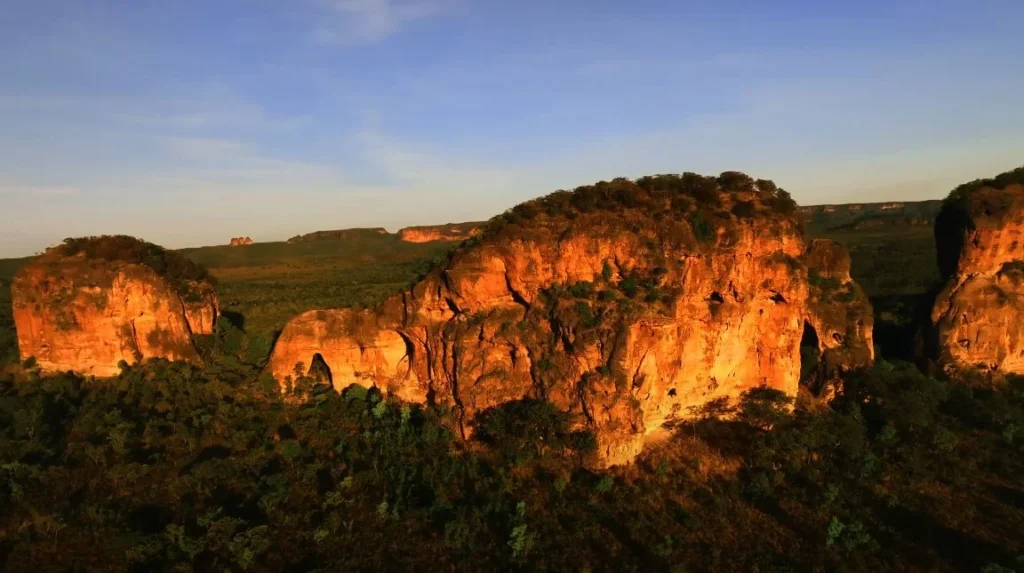
In Recife, I met a historian named Carlos who spent six hours showing me the “real” churches – the ones tourists skip. He took me to a half-ruined chapel in the hills where escaped slaves used to worship. The altar has African symbols carved into the back where the priests couldn’t see. “Sincretismo,” Carlos called it. Religious mixing. Yemanjá became the Virgin Mary. Oxalá became Jesus. Everyone pretended not to notice.
The view from these hilltop churches is something else. You can see the social stratification laid out like a map – colonial mansions, then middle-class apartments, then favelas climbing up the opposite hills, then forest. It’s been the same pattern for 400 years, just with different architecture.
The Pantanal Detour: Where Nature Goes Insane
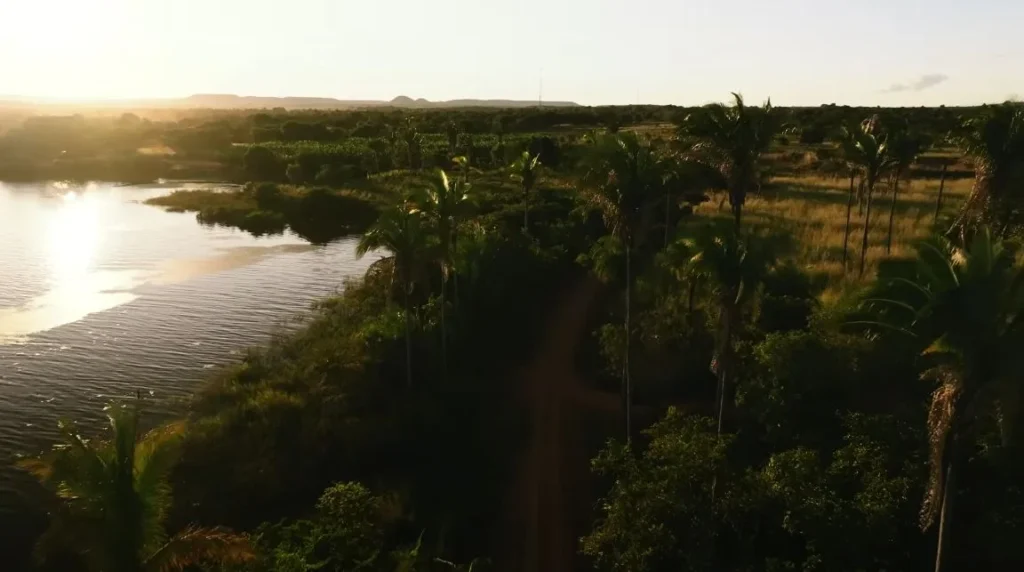
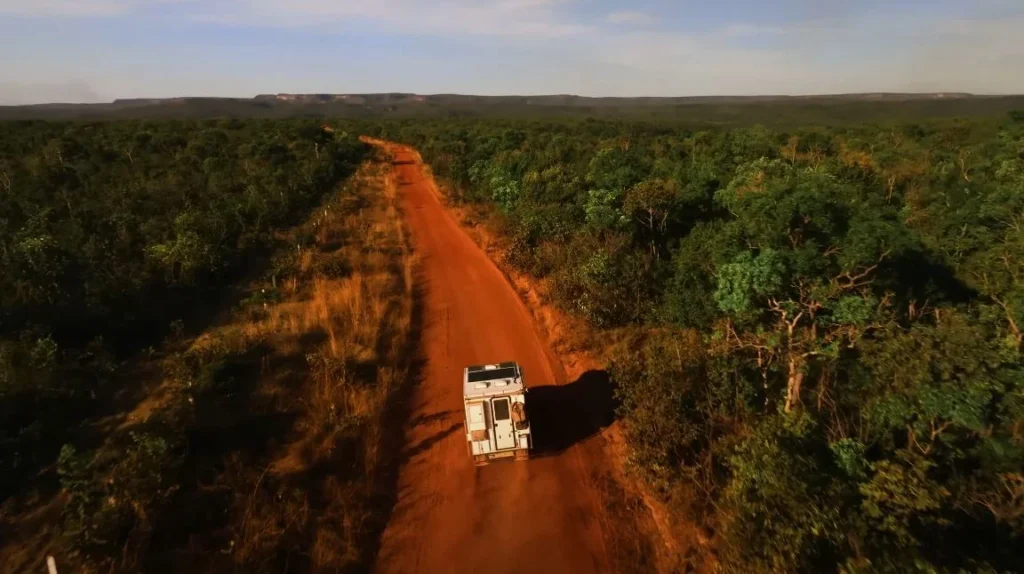
I wasn’t planning on the Pantanal. My clutch wasn’t planning on surviving either, but there we were.
The mechanic in Cuiabá (fourth one by now) suggested I take the Transpantaneira while waiting for parts. “It’s only 147 kilometers,” he said. What he didn’t mention: those are the longest 147 kilometers on Earth. The road – and I use that term loosely – has 126 wooden bridges. Most are missing planks. Some are missing entire sections. You drive across them anyway because what’s the alternative?
The Pantanal is what happens when nature can’t make up it’s mind. Is it land? Is it water? Depends on the day. During my visit (dry season, supposedly), it was mostly mud with delusions of grandeur.
But the wildlife… Christ.
Caimans everywhere. Not like, “oh look, a caiman.” More like, “excuse me, caimans, can I use your road?“ I counted 400+ in one day. They sun themselves on the roadside, mouths open, looking like rejected dinosaur props. At night, their eyes reflect red in the headlights. Hundreds of pairs of red dots, just watching you pass.
The birds are even more ridiculous. Jabirus – these massive storks that look like someone put a bird head on a pterodactyl body. Hyacinth macaws that are so blue they look fake. Toucans that make these sounds like rusty gates. And the hawks. So many hawks that they become boring. “Oh, another incredible raptor. Whatever.”
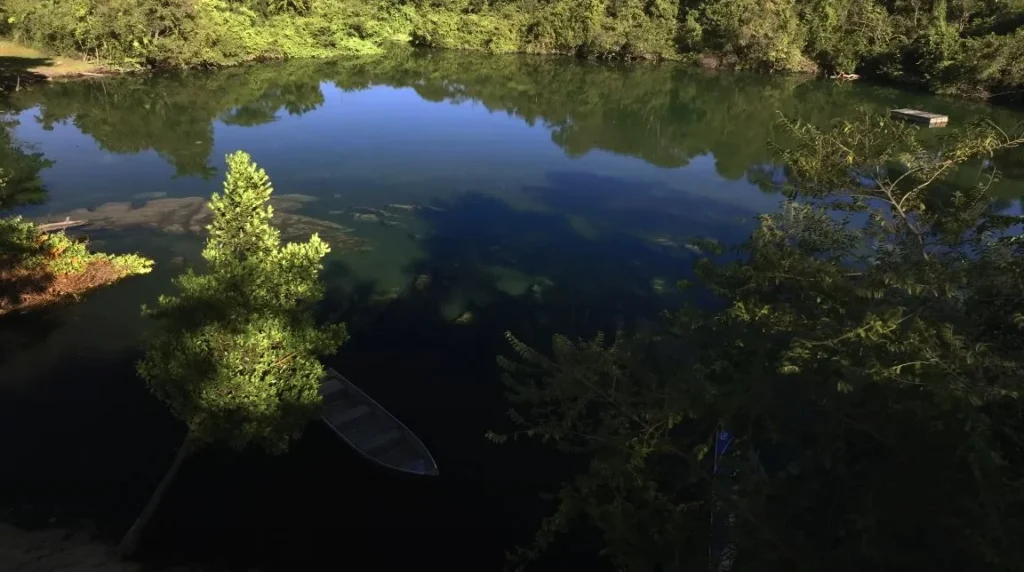
I camped at a place called Porto Jofre, where the road literally ends at a river. The owner, Seu Pedro, has been there since 1973. He’s seen jaguars kill caimans, anacondas eat capybaras and once, memorably, a tourist from Germany who tried to swim across the river. (The tourist survived, but his dignity didn’t.)
At night, the sounds are overwhelming. It’s not peaceful nature sounds – it’s a war zone. Howler monkeys that sound like demons. Caimans bellowing. Things splashing that you really don’t want to identify. I slept in the RV with everything locked, windows cracked just enough for air. One morning, I found jaguar prints in the mud around my vehicle. Big ones. Seu Pedro laughed when I showed him. “He was just curious. If he wanted in, a door wouldn’t stop him.”
Into the Green Cathedral
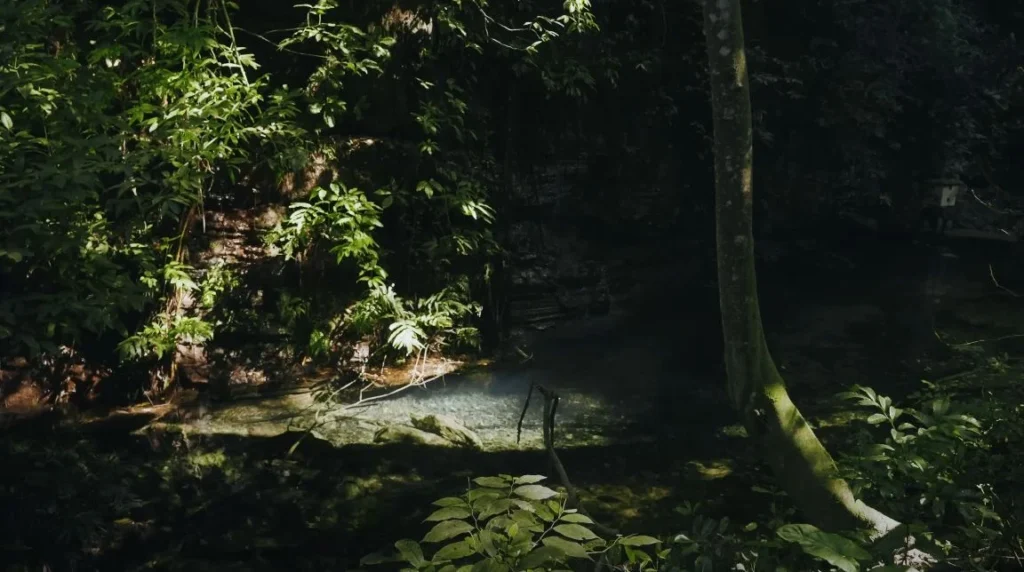
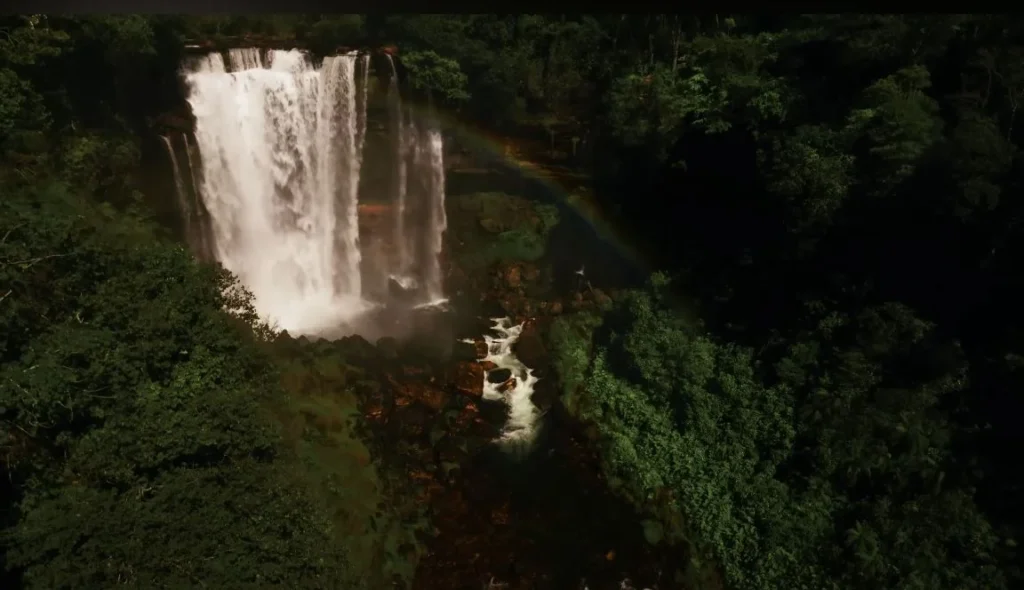
The Amazon gets all the press, but Brazil’s Atlantic Forest – what’s left of it – is where things get properly weird.
Near Itatiaia, I ditched the RV for a few days and hiked into the forest with a guide named Paulinho who claimed he could find anyone any animal they wanted to see. “Except jaguar,” he clarified. “Jaguar finds you.”
The forest doesn’t ease you in. One step off the road and you’re in another world. The canopy blocks about 95% of the sunlight, so everything at ground level is competing for that remaining 5%. Plants grow on plants growing on other plants. Paulinho showed me a tree that was actually seven different species wound together so tightly they’d become one organism.
The waterfall in that hidden canyon (you know the one) – getting there required rappelling down a 30-meter cliff face that was more moss than rock. My hands were shaking so bad Paulinho had to talk me through every clip adjustment. But standing behind that water curtain, feeling the vibration in your chest, seeing the light fragment into rainbows… worth every second of terror.
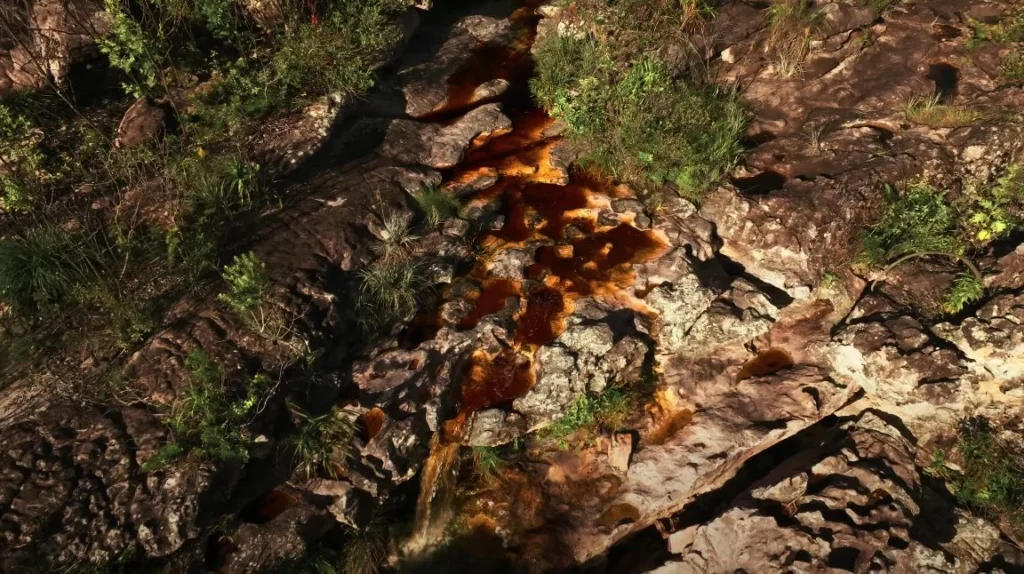
We found this creek that ran orange – completely orange, like someone had dumped rust into it. Paulinho explained it’s from iron oxide in the soil, totally natural, been that way forever. The water’s actually cleaner than most rivers because the iron kills bacteria. Still looked like something from another planet.
Three days in that forest recalibrated my sense of what “alive” means. Every surface is covered in something living. The air itself feels alive – thick with moisture, spores, pollen, insects. You don’t visit the Atlantic Forest. You submit to it.
The Road Home
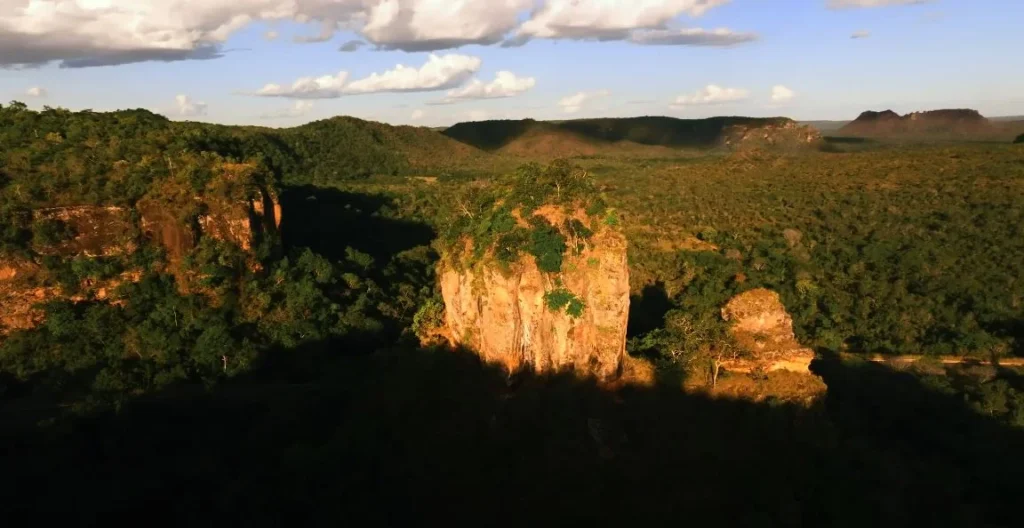
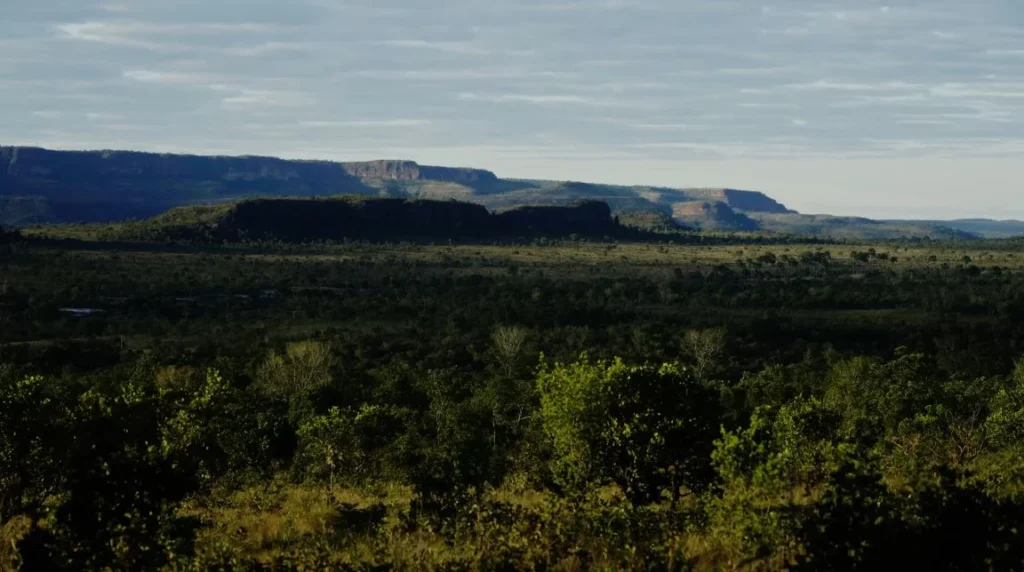
Six months. Four blown clutches. Two suspension replacements. One cracked windshield. 15,000 kilometers. Uncountable mosquito bites.
The Chapada Diamantina was my last stop. Seemed fitting to end where Brazil’s gold rush started, in these mountains that broke so many dreams they named them after diamonds just to keep people coming.
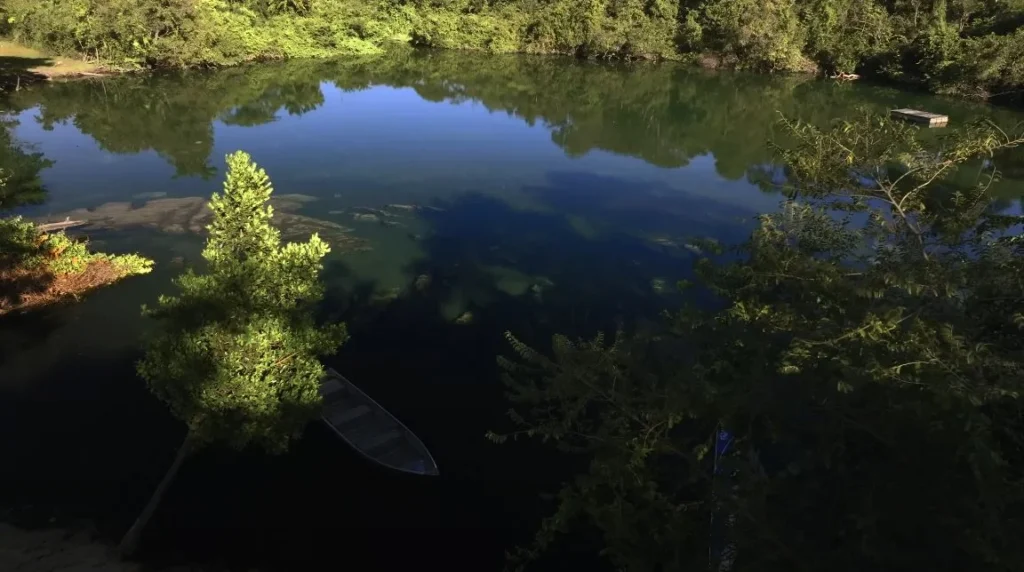
Those table mountains – they’re not like anything else on Earth. Flat tops covered in plants that exist nowhere else, sides so sheer that entire ecosystems evolved in isolation on top. The Morro do Pai Inácio at sunset is a cliché for a reason. You stand on that platform and can see 360 degrees of madness – mountains, valleys, the curve of the Earth itself.
But it was a small moment that really ended the trip for me.
Sitting in a bar in Lençóis, the RV finally sold to a Brazilian couple who wanted to drive to Patagonia (good luck with that clutch, guys), I watched a demonstration about some local political issue I didn’t understand. Maybe 200 people, all ages, singing songs I didn’t know about problems I couldn’t fully grasp. But the energy – frustrated, hopeful, angry, joyful, all at once – that was Brazil. All of it. The whole impossible country in one small-town protest that would change nothing and everything.
I flew out of Salvador the next morning. Through the plane window, I could see those red cliffs I’d nearly lost the RV on, the churches I’d wandered through, the endless cerrado I’d crossed. It looked small from up there. Manageable, even.
What a lie that was.
Brazil isn’t a country you visit. It’s a country that happens to you. Six months later, I’m still finding red sand in my camera bag, still dreaming about those drumbeats from Conceição do Mato Dentro, still checking exchange rates and wondering if that German couple who bought my camera gear ever made it to Peru.
I’ll be back. Not because I want to – because Brazil doesn’t really give you a choice. Once it gets into your blood, you’re done. You can leave, but you’re already planning your return before the plane takes off.
The RV? Last I heard, it made it to Argentina before the transmission finally gave up.
Seems about right.

